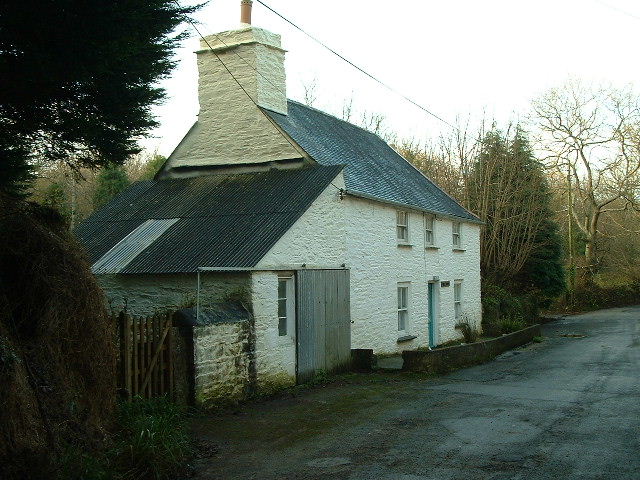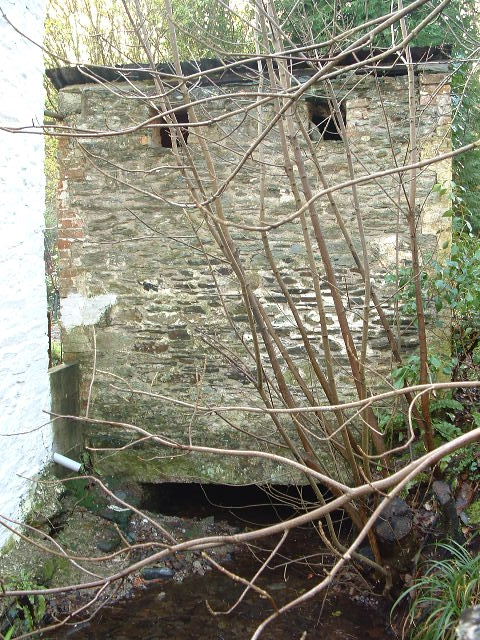St John’s Old Mill
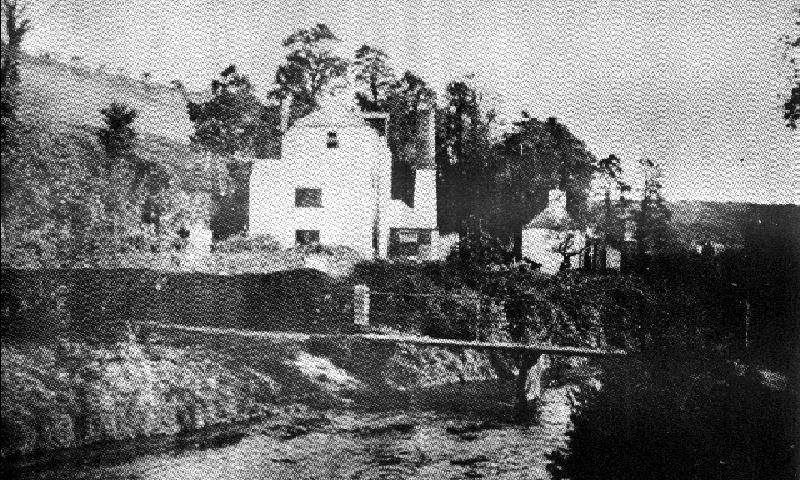
The St. John’s Mill was mentioned in a document of 1260 and should not be confused with the Town Mills on the bank of the Cober river situated a little further upstream. It was used for corn grinding and ended its history grinding bark and leather pressing. It ceased work in 1937.
Sithney Church Vestry Accounts records the Mill at St. John’s was worked by a Mr. Oatler in 1858.
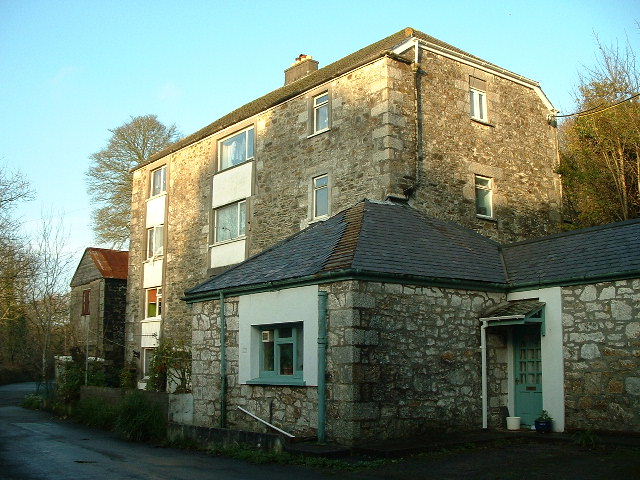
John Holland, a young master miller, rented the town mills – he was a son of a Sithney miner.
Following marriage and the raising of a family of eight children, Holland moved to a smaller mill at St. John’s which became known as `Hollands Mill’. His wife, who was formerly Grace Treloar Richards – daughter of another Sithney miner – ran a grocers shop.
One of their sons, Thomas, born 22nd November 1868, rose from such lowly station in life to become knighted for his services to Geology and Mining. He died in 1947.
The old Helston Mill which was worked by a large overshot wheel was depending on the waters of a leat drawn from the Cober river, was sold and purchased by a local business man who spent a lot of money in converting the building into flats for occupation.
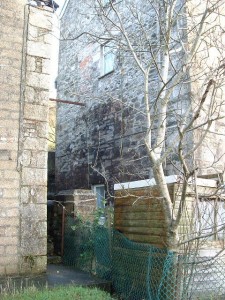
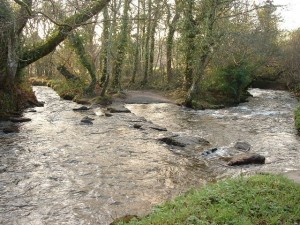
Note the stepping stones and old cart track leading down to the Old Mill at St John`s.
This Mill was the one whose progress was impeded when the Loe Pool waters rose to such height as to prevent the wheel turning, the old custom of taking three halfpence in a leather purse to the Lord of the Manor (Penrose Estate) requesting that the Bar sands be cut to release the rising waters.
There are several accounts of this happening, varied in detail, but which seem to have been a frequent occurrence before the present outlet was constructed at the Bar sands.
This, although a valuable contribution to a recurring nuisance, has not completely solved the problem – as was experienced in February 1979 when a severe storm choked the outlet and bulldozers were enlisted in an attempt to clear the obstruction.
